Metro systems are a marvel of modern engineering, providing efficient and convenient transportation for millions of people around the world every day. But did you know that the first metro systems were built over a century ago?
The first metro systems were steam-powered, but the first electric metro system was built in Budapest in 1896.
Metro systems quickly became an essential part of urban life around the world. They provided a fast, efficient, and affordable way to get around cities, and they helped to reduce traffic congestion and pollution.
Here are the top 7 oldest metro stations in the world:
- London Underground
- Budapest Metro
- Glasgow Circular Underground
- Chicago ‘L’
- Paris Métro
- Berlin U-Bahn
- New York City Subway
According to Oldest Org, the world's first metro, opened in London in 1863. Since then, metro systems have been built all over the world, transporting millions of people every day.
1. London Underground
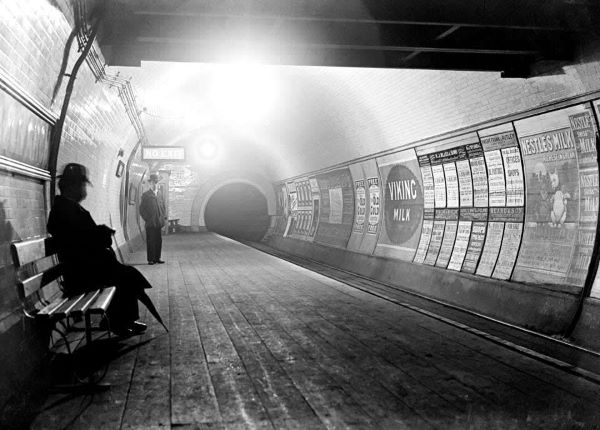
Source: Wikipedia
The London Underground was the first underground railway in the world. It opened in 1863 for locomotive trains and ran between Paddington and Farringdon. The station at Paddington is still in use today.
According to railway technology, it is known to be the world’s longest metro system and is spread across 402 kilometres with 270 stations.
2. Budapest Metro
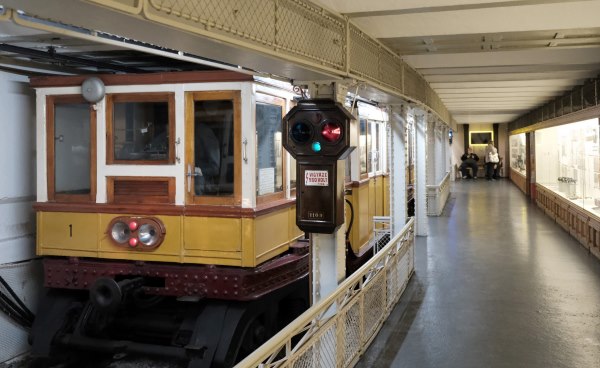
Source: Hungary Today
The Budapest Metro is a rapid transit system in the Hungarian capital of Budapest. It is the oldest electrified underground railway system in the world, and the second oldest underground railway system with multiple stations, after the originally steam-powered London Underground.
It was first launched in 1896 and in 2002, its first line was listed as a World Heritage Site by UNESCO.
The Budapest Metro currently has four lines, but there is a proposal for a fifth line to connect to the suburban rail system. Construction of this fifth line has not yet been scheduled.
3. Glasgow Circular Underground
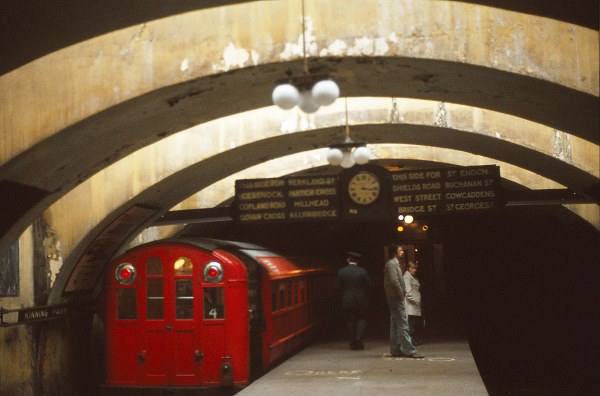
Source: Flikr
The Underground is the oldest underground railway system in Scotland. It opened in 1896 and it is the third oldest metro system in the world. Glasgow metro has since expanded to over 15 stations. It is a unique loop system that runs underground for 10.5 kilometres and has never been expanded beyond its original route. The station at St. Enoch Square is still in use today. According to Wikipedia, in 2018 it carried over 1.991 million people.
4. Chicago ‘L’
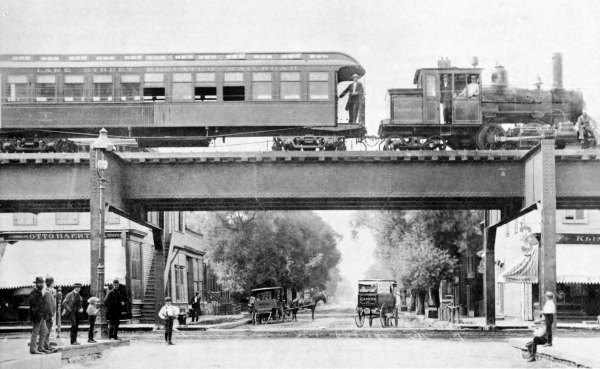
Source: Chicago Architecture Centre
Chicago's elevated ‘L’ metro system, which began operating as an electrified system in 1892, now transports over 230 million passengers annually, making it the second busiest metro in the US.
Two of its lines offer 24-hour service, a distinction shared by only four other rapid transit systems in the country. According to Railway Technology, “The network is approximately 165km long with eight lines, which includes a loop in the city centre that services run through or circle to return to their starting point.”
5. Paris Métro

Source: Messy Nessy Chic
The Paris Métro opened in 1900, pioneering the use of the term "metro" from its original name, "Compagnie du chemin de fer métropolitain de Paris." In 2016, it carried an astounding 1.52 billion passengers.
The 214-kilometre network spans 16 lines with 302 stops, averaging 548 meters between them. In the city centre, stops are often within a stone's throw of each other. A total of 197 kilometres of the network runs underground.
6. Berlin U-Bahn
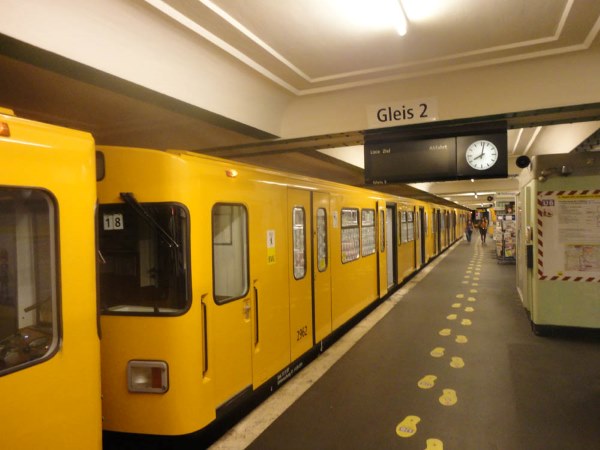
Source: World Travel Images
Berlin's U-Bahn, which began operating in 1902, has sprawled across ten lines and over 151 kilometres of track, with approximately 80% of the lines running underground.
This train network was built to alleviate traffic congestion, Berlin's U-Bahn was initially launched as an elevated link between Stralauer Tor and Zoologischer Garten, before its underground network opened in 1910, connecting Wilmersdorf with the city centre.
The U-Bahn has a top speed of 72 kilometres per hour and has over 175 stations.
7. New York City Subway
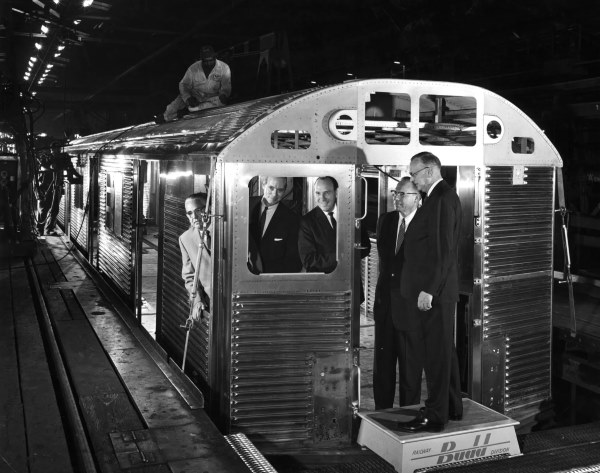
Source: The New Yorker
The New York City Subway opened in October 1904 with two divisions: the Interborough Rapid Transit Company (IRT) and the Brooklyn-Manhattan Transit Corporation (BMT). The first fare was a mere $0.05.
Today, the subway is the largest metro system in the world by the number of stations, with over 420 stops across 380 kilometres.
The subway has 36 lines and 27 services operating on them. Due to its 24/7 operation, the lines operate on different service patterns that can change depending on maintenance needs.
READ| Which are the Top 10 Best Countries According to US News and World Report?
Comments
All Comments (0)
Join the conversation